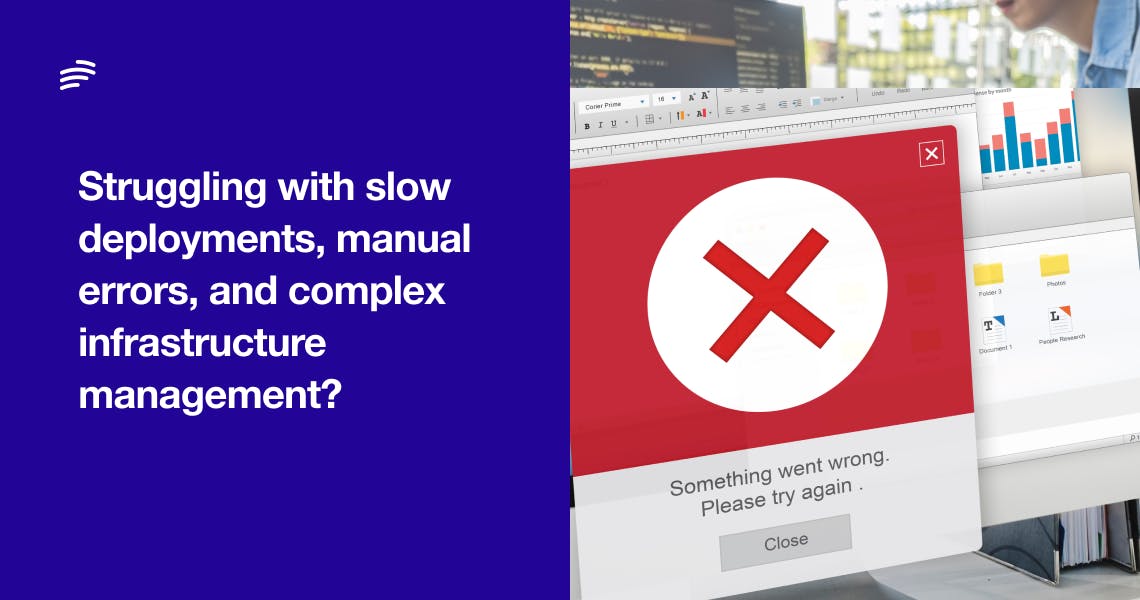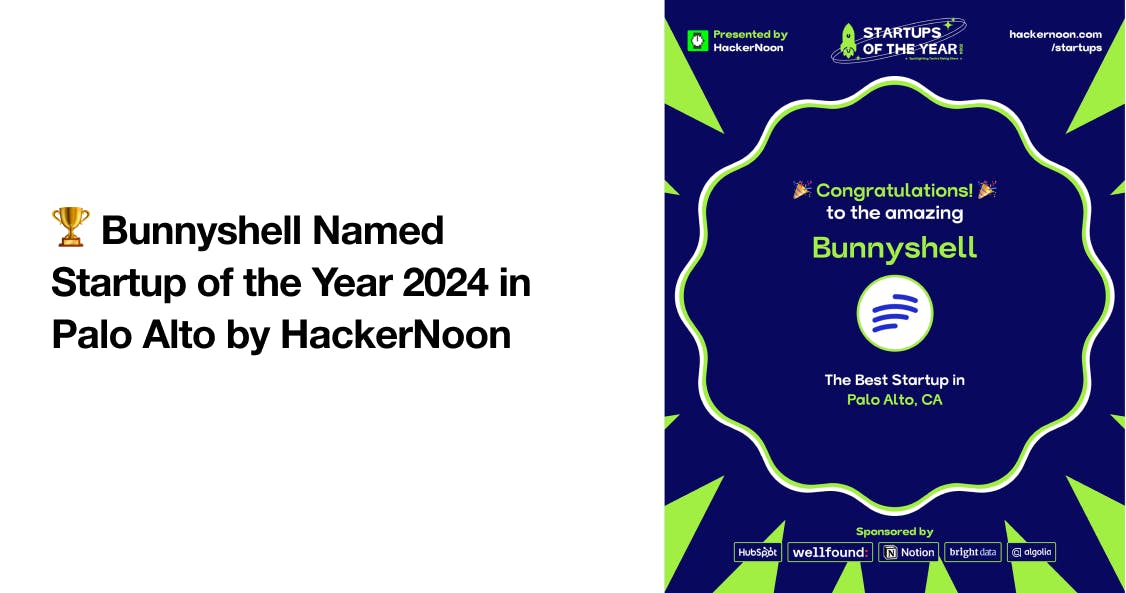Writing about yourself is hard! You sit down and try to find the right words in your mind, but nothing happens. You write and rewrite. But when you read again that sounds probably awkward. It seems like it is not actually about you. This is the typical scenario when you’re supposed to write an about me section.
Read moreEngineering teams face challenges like slow deployments, manual errors, and environment management issues. This article explores how Bunnyshell's automation tools streamline workflows, reduce bottlenecks, and accelerate release cycles, empowering teams to deliver high-quality products faster and enhance customer satisfaction. Discover how Bunnyshell can help you overcome common engineering pain points and transform productivity.
Read moreFor growing companies, speed and agility are essential to staying competitive in today’s fast-paced market. One of the most critical factors in accelerating product development is creating faster feedback loops. The quicker your team can test, identify issues, and refine code, the faster you can ship high-quality features. One of the best tools to achieve this goal is ephemeral environments.
Read moreLLM-as-a-Judge is a method where large language models like GPT-4 are used to automatically evaluate the outputs of other AI models, replacing slow, expensive human review and outdated metrics like BLEU or ROUGE. By prompting an LLM to assess qualities such as accuracy, helpfulness, tone, or safety, teams can get fast, scalable, and surprisingly reliable evaluations that often align closely with human judgment. This approach enables continuous quality monitoring, faster iteration, and cost-effective scaling across use cases like chatbots, code generation, summarization, and moderation.
Read moreAt Bunnyshell, we’re building the environment layer for modern software delivery. One of the hardest problems our users face is converting arbitrary codebases into production-ready environments—especially when dealing with monoliths, microservices, ML workloads, and non-standard frameworks.
To solve this, we built MACS: a multi-agent system that automates containerization and deployment from any Git repo. With MACS, developers can go from raw source code to a live, validated environment in minutes—without writing Docker or Compose files manually.
In this post, we’ll share how we architected MACS internally, the design patterns we borrowed, and why a multi-agent approach was essential for solving this problem at scale.
Read moreHaving worked with engineering leaders for a significant part of my career I’ve seen the challenges around managing environments. 2 out of 3 of the organizations I worked with had challenges keeping their test data consistent or setting their application at an initial state for automated testing purposes.
Read more








.jpg?ixlib=gatsbyFP&auto=compress%2Cformat&fit=max&rect=0%2C0%2C2280%2C1200&w=1140&h=600)